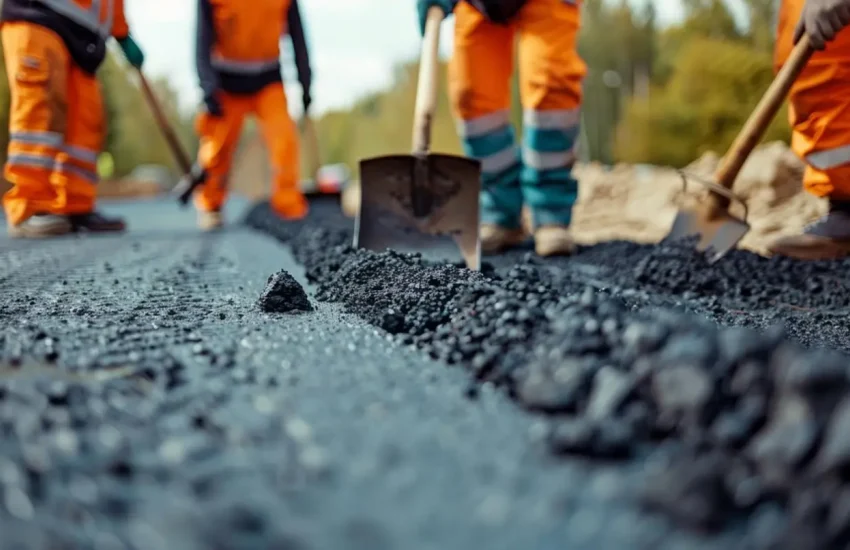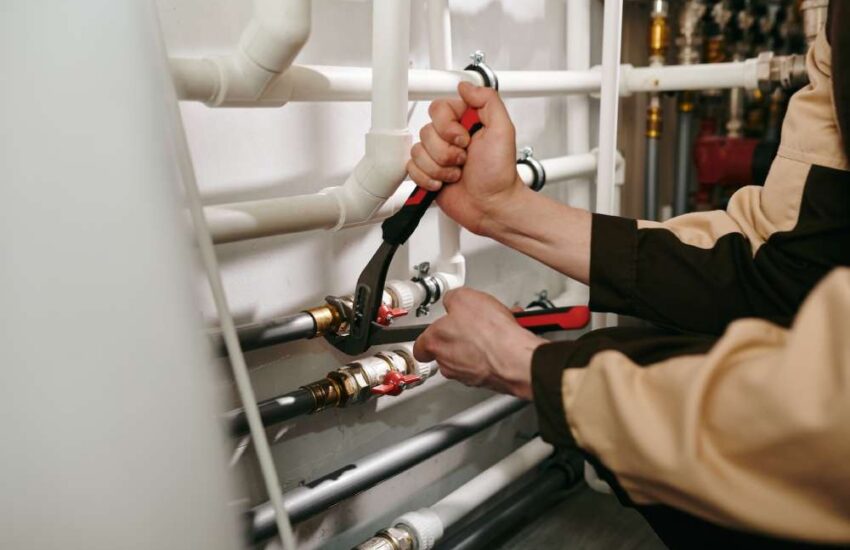How Fall Protection Safety Nets Ensure Workers’ Safety
Working at height poses serious risks, but fall protection safety nets provide an invaluable safeguard to protect workers from injury and save lives if a fall occurs. This comprehensive guide covers everything you need to know about safety netting, from types and certifications to proper installation, maintenance, and more.
Read on to learn how safety nets can help create a resilient fall protection plan at your workplace.

What are Safety Nets?
Safety nets are passive fall protection systems made of mesh webbing tightly stretched and secured below workers to catch them in the event of a fall. They are typically installed around the perimeter of elevated work areas, like leading edges or openings in floors and walls.
Nets also protect below areas where roofing, steel erection, and other overhead tasks occur. When installed and used properly, they provide an effective backup system if a worker falls.
Types of Safety Nets
There are two main categories:
Debris Nets
Made of durable nylon or polypropylene, these catch and contain falling tools, materials, and debris. They help protect workers at lower levels from being struck by dropped objects.
Worker Safety Nets
Constructed of thicker, stronger synthetic fibers like polyester, these nets are designed to safely catch a worker during a fall without allowing them to contact the level below. They require rigorous testing to meet fall safety standards.
Safety Net Certifications
In the United States, OSHA requires worker safety nets to meet stringent performance requirements outlined in ANSI/ASSE A10.11 standards. Nets must undergo drop testing, where a 400-pound weight is dropped into a net from the highest potential fall distance at a jobsite.
The net must arrest the fall within a maximum distance and keep the peak arrest force on the body below acceptable limits. Certified nets will have a label attesting to their rating.
Proper Net Installation
Proper installation is essential for safety net effectiveness. Nets must be tensioned tautly but still have some give to absorb energy gradually. Structural anchors must support the maximum arrest force from a fall.
Enough clearance must exist below nets to allow them to fully deploy when loaded. Sections should overlap adequately to prevent dangerous gaps. Nets must be sized appropriately for the number of exposed workers.
Once installed, nets require inspection to verify secure anchorage, available clearance, uniform tensioning, and integrity of mesh and bindings before use. Ongoing monthly inspections by a qualified person are necessary, with immediate repairs or replacement for any compromised nets.
Proper Use of Safety Nets
When using safety nets, workers should stay centered on the protected area to avoid striking the edges or supports during a fall. Materials must be stored away from edges to prevent objects from impacting the nets.
Manufacturer capacity limits regarding the number of protected workers, minimum working height, maximum arrest force, and net weight tolerance must be followed to prevent overload failures.
Rescue plans need to be established for retrieving fallen workers while avoiding further destabilization of the net. Proper access and egress should be provided, though nets should not be used for jumping onto or off of elevated platforms except in emergencies.
Incorporating Nets into Your Fall Protection Plan
While anchor points, harnesses, guardrails and other measures aim to prevent falls, safety nets provide vital redundancy if those primary controls fail. This multifaceted approach is key to ensuring adequate fall protection.
Contact a qualified net provider to incorporate safety nets into your comprehensive fall prevention program and protect your most valuable assets – your workers.
Ongoing Inspection and Maintenance
Regular inspection and maintenance keeps safety nets protecting properly over their lifespan. Nets require inspection before each use and on a monthly basis by a qualified person.
Look for wear, frayed strands, pulled mesh, UV deterioration, tears or holes, loss of tension, abrasions, and any other deficiencies. Immediately tag out and replace nets if defects could compromise arrest capacity.
Advanced Net Materials
Today’s safety netting features innovative high-performance materials, coatings and specialized designs. Examples include knotless netting for smooth catches, UV inhibitors to prevent sun damage, flame-retardant coatings, debris netting with tool pockets, and custom net colors for visibility. Work closely with suppliers to select optimal net materials for your application and environment.
Worker safety nets are a critical component of a layered fall protection plan when performing construction, maintenance, or other work at height. Take the time to understand net selection, proper installation, ongoing inspection procedures, and how to incorporate fall protection netting effectively into your fall prevention program. Your workers’ lives depend on it.


